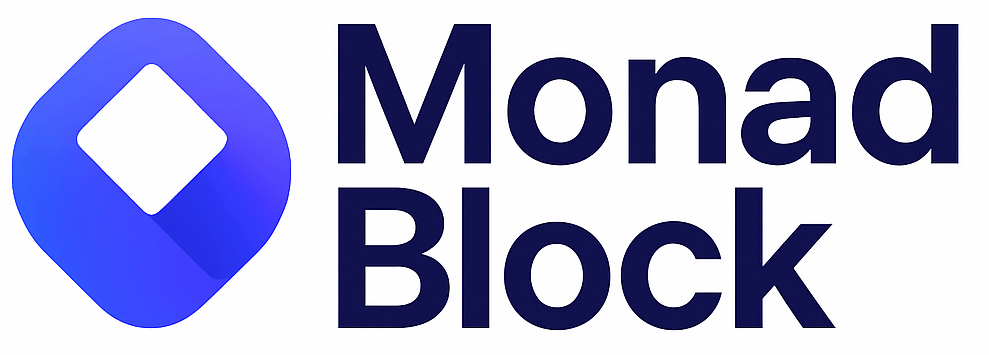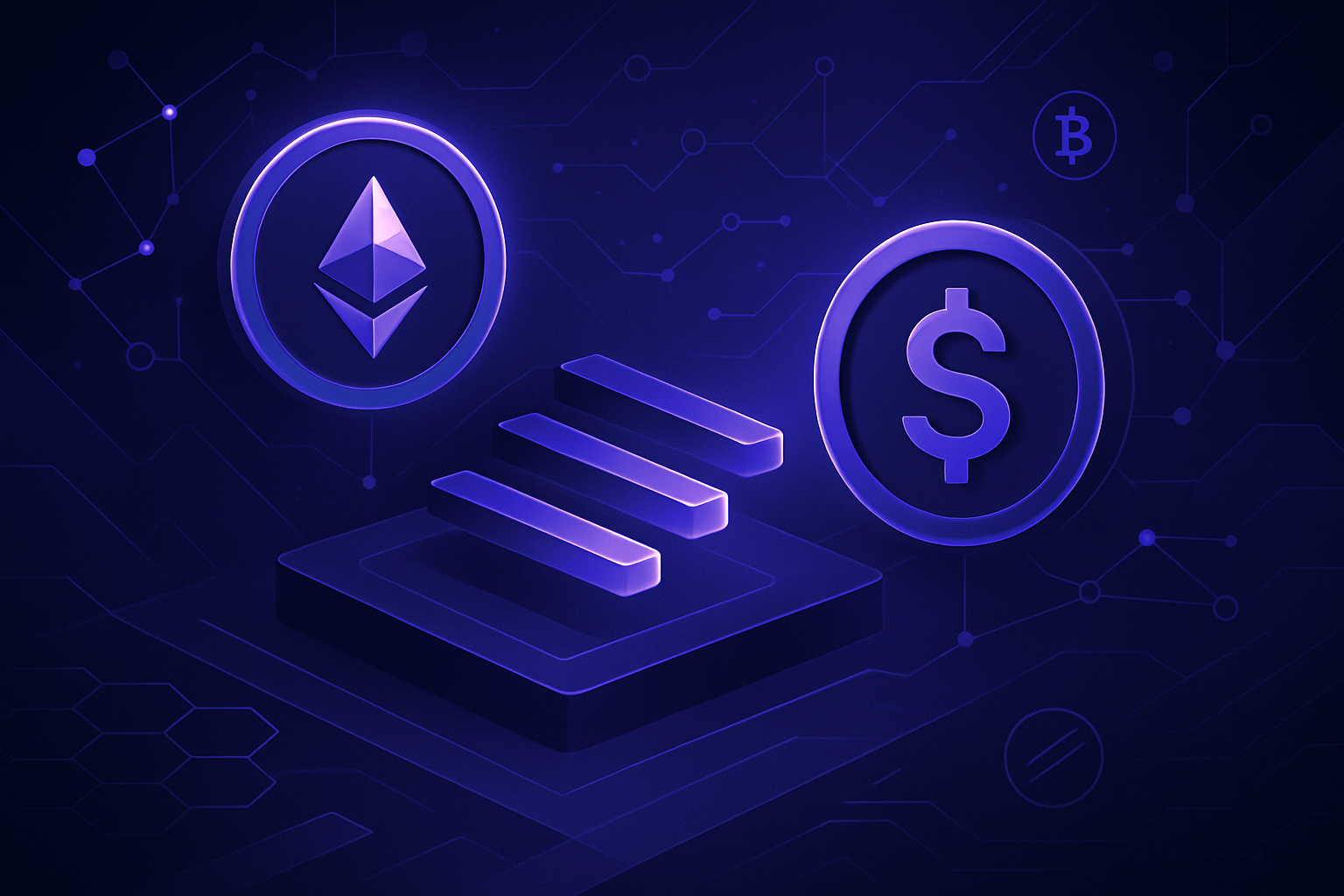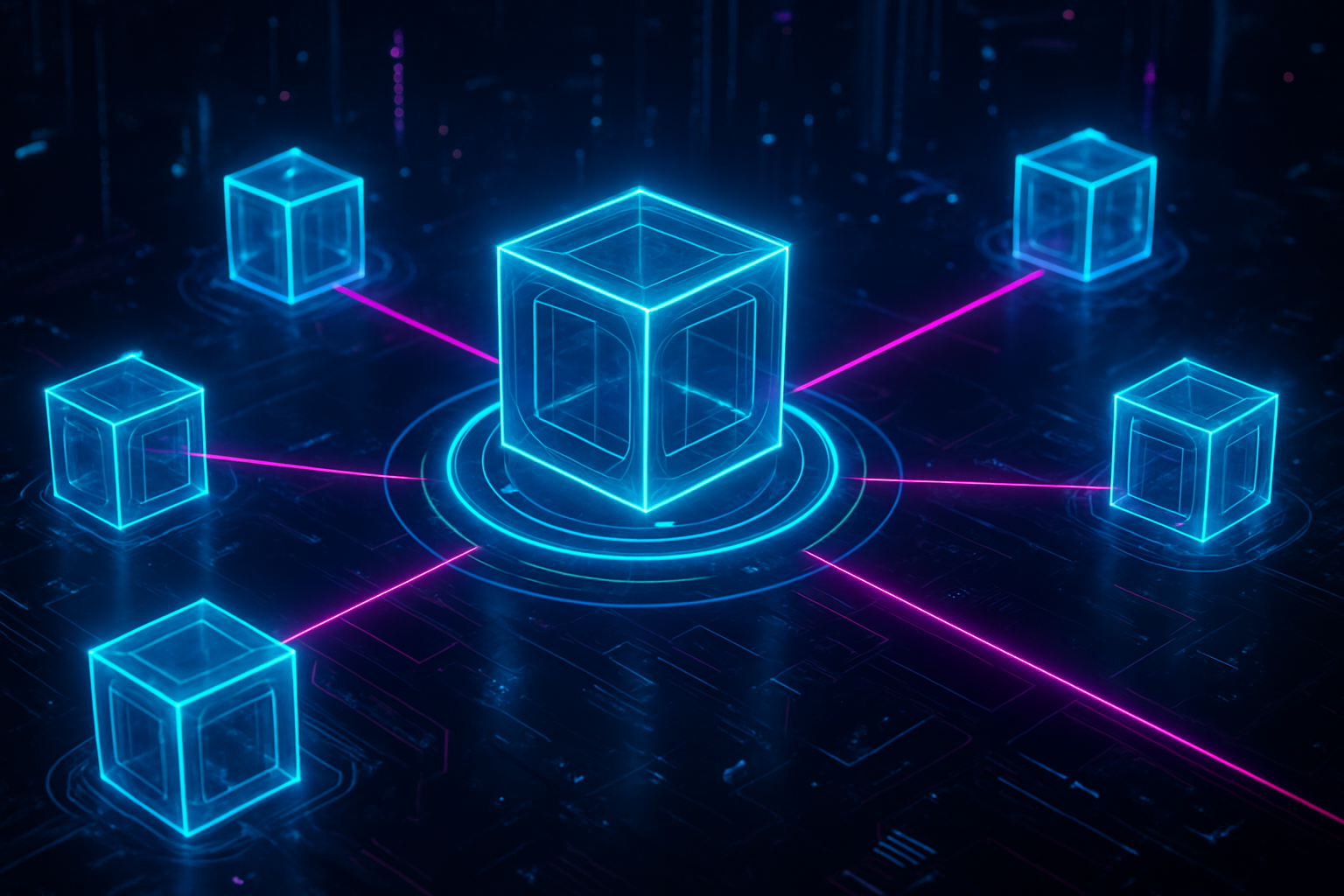
Decentralized applications are only as powerful as the blockchains they run on. For years, developers building on Ethereum-compatible chains have struggled with slow transaction speeds, high gas fees, and network congestion. Monad’s EVM parallelization is rewriting these rules, introducing a new era of high-performance blockchain infrastructure where speed and scalability are no longer trade-offs for security or compatibility.

The Bottleneck of Sequential Execution in Traditional EVM Chains
To understand Monad’s breakthrough, it’s critical to examine the core limitation of legacy EVM chains: sequential execution. On Ethereum and most EVM-compatible networks, transactions are processed one after another. This serialized approach guarantees state consistency but creates a hard cap on throughput, no matter how many validators or how much hardware you throw at the problem.
The result? Developers and users face slow confirmation times and unpredictable gas fees, especially during periods of high demand. For DeFi protocols, NFT marketplaces, or high-volume dApps, these constraints stifle innovation and user growth.
“Monad is not just another Ethereum clone, it’s a reimagined EVM Layer 1 purpose-built for speed without sacrificing compatibility. “
Monad’s Parallel Execution: Breaking Throughput Barriers
Monad addresses these bottlenecks head-on by introducing parallel execution. Instead of forcing every transaction through a single processing lane, Monad analyzes dependencies between transactions and executes non-conflicting ones simultaneously. This unlocks massive gains in throughput, up to 10,000 transactions per second (TPS) with just 1-second block finality (source).
The secret sauce lies in Monad’s optimistic execution strategy: the protocol runs transactions in parallel by default but detects conflicts as they arise. If two transactions compete for the same resource (like updating an account balance), Monad automatically re-executes them in the correct order to preserve blockchain integrity. This approach maximizes efficiency without compromising correctness, a balance that has eluded most other EVM-compatible chains.
Pushing Performance Further: Superscalar Pipelining and Deferred Execution
The innovation doesn’t stop at parallelization. Monad leverages a superscalar pipelining architecture, breaking down transaction processing into smaller steps that can be handled concurrently across multiple cores. This design borrows concepts from modern CPU engineering, each transaction isn’t just executed independently; its sub-tasks are distributed across the network for optimal resource usage.
Deferred execution is another game-changer: nodes first agree on the order of transactions (consensus) and then execute them independently after consensus is reached. This separation slashes latency even further and ensures that even under heavy load, users experience near-instant finality.
Top Advantages of Monad’s EVM Parallelization for dApp Developers
-

Massive Throughput with 10,000 TPS: Monad’s parallel execution and superscalar pipelining enable 10,000 transactions per second, dramatically increasing the scalability of decentralized applications compared to traditional EVM chains.
-
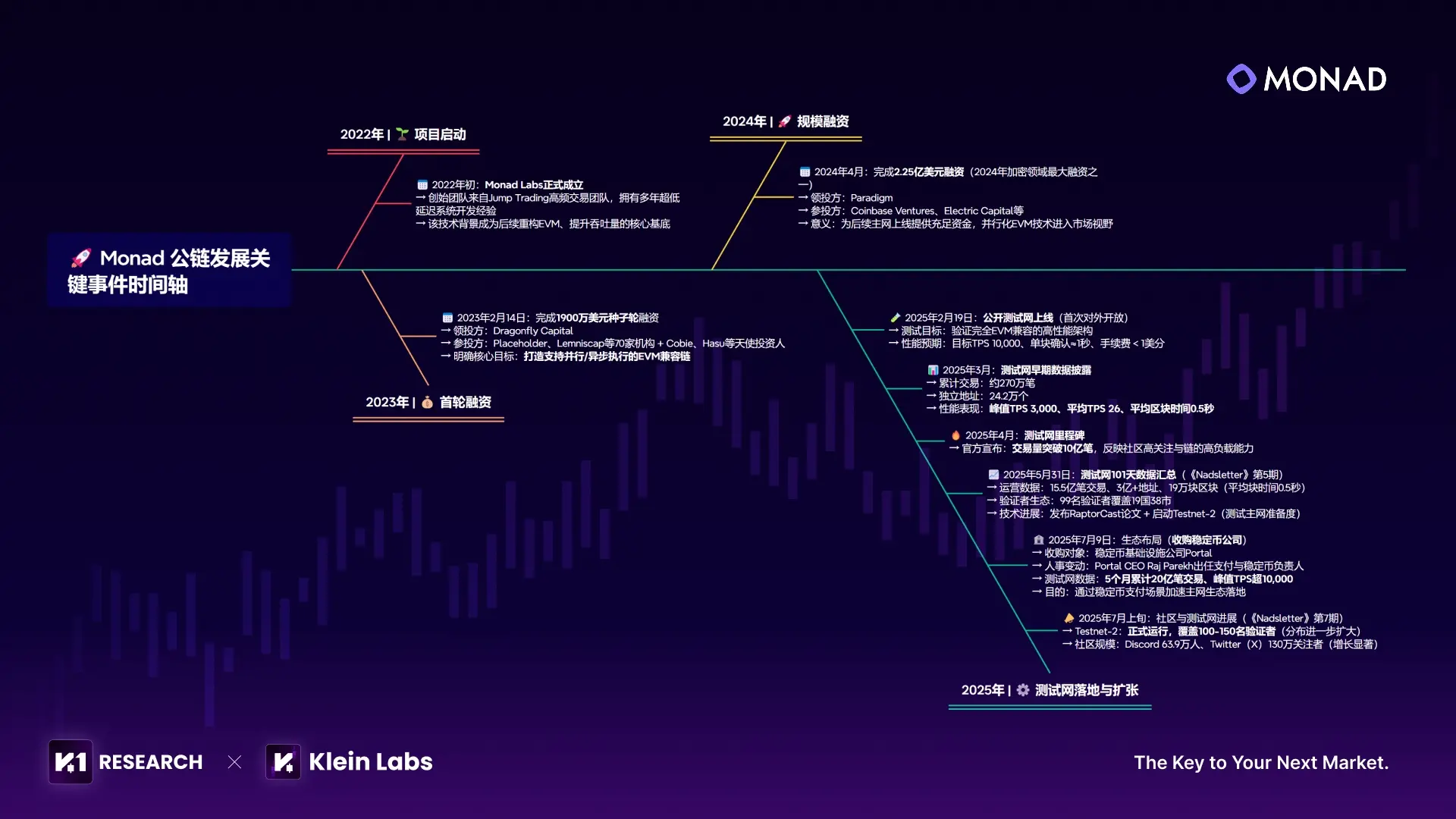
Ultra-Low Latency & 1-Second Finality: With 1-second block finality and deferred execution, dApps on Monad deliver near-instant user experiences, reducing waiting times for transaction confirmation.
-
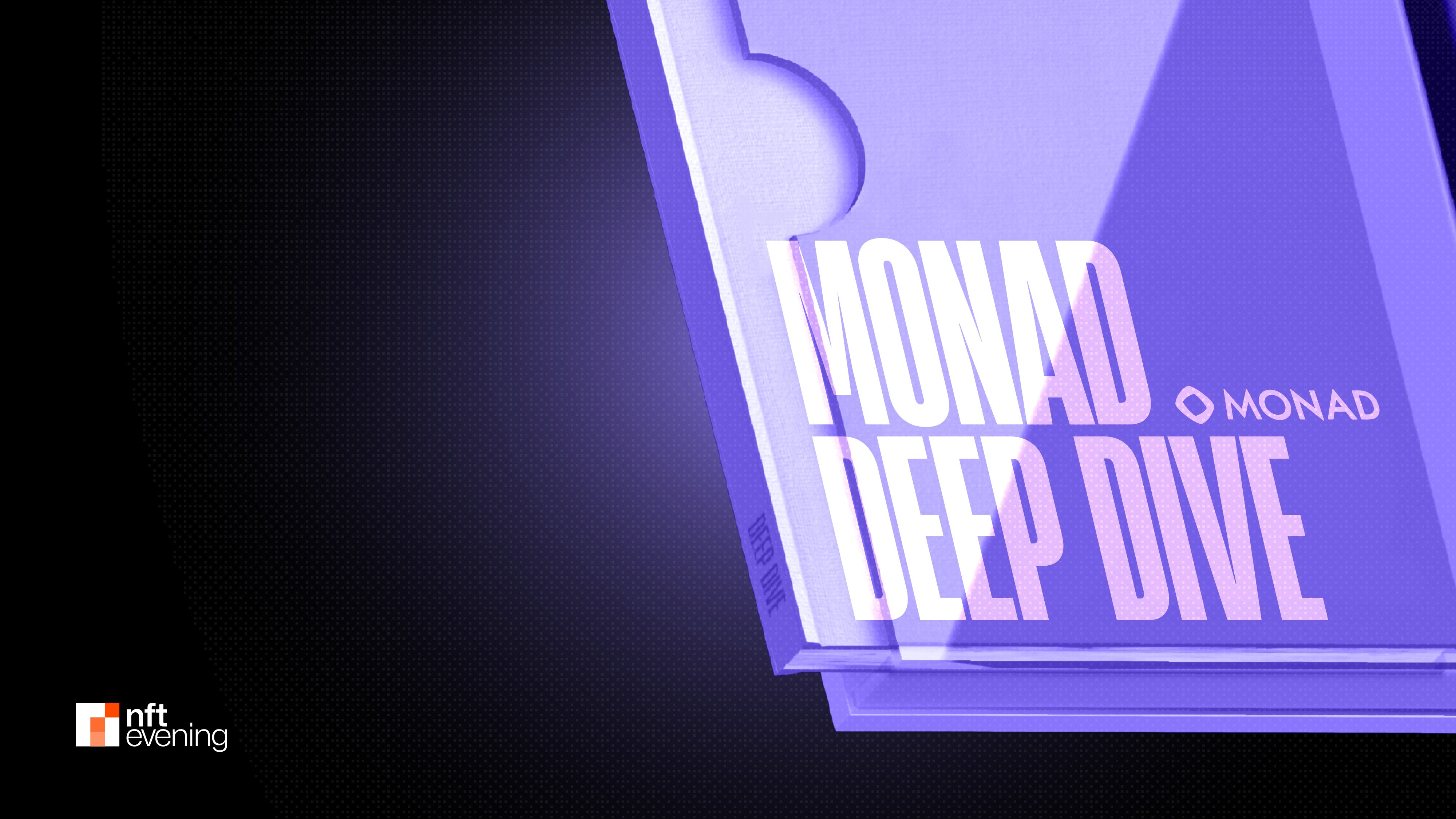
Significantly Lower Gas Fees: Efficient parallel execution and optimized resource usage result in substantially reduced gas costs, making dApps more affordable for users and increasing adoption potential.
-
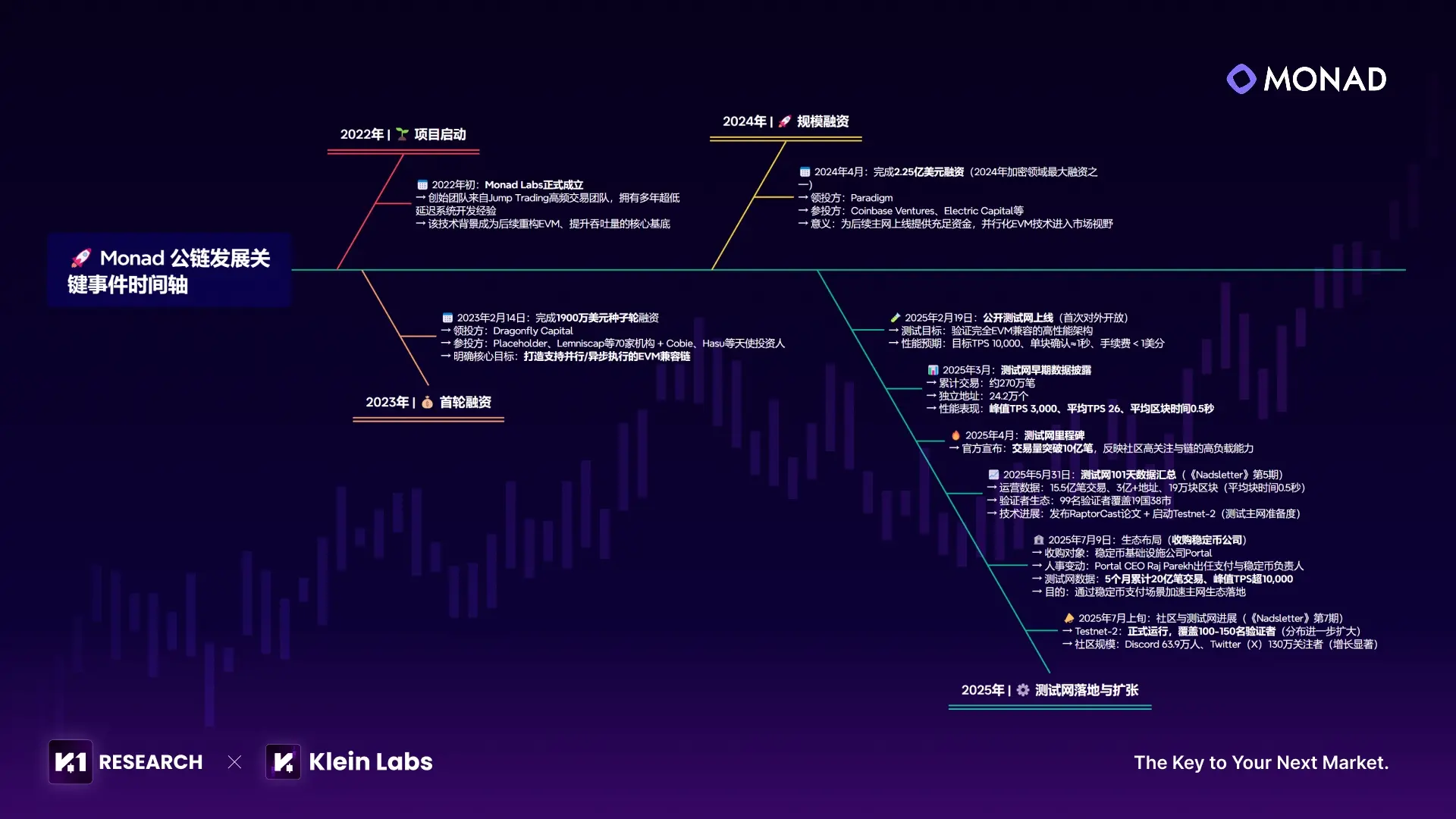
Seamless EVM Compatibility: Monad supports full EVM bytecode and Ethereum RPC API compatibility, allowing developers to port existing Ethereum dApps with no code changes and leverage familiar tooling.
-
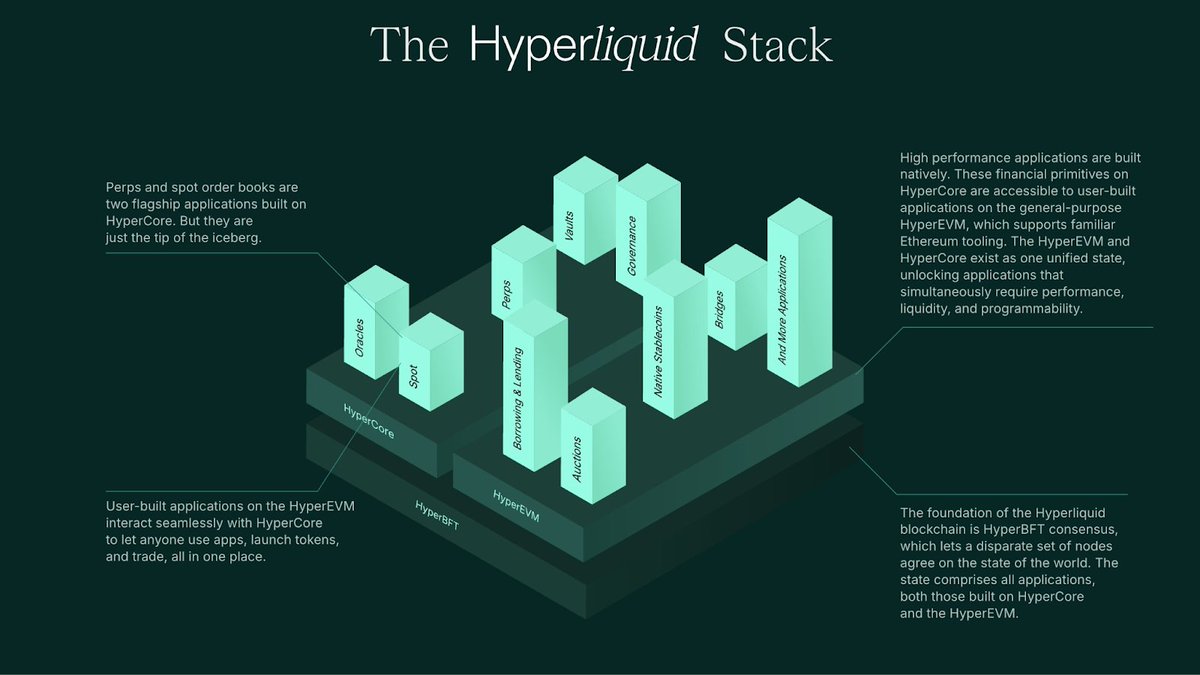
Robust Security with MonadBFT: The MonadBFT consensus mechanism, based on HotStuff, ensures high security and fast block finalization, supporting mission-critical DeFi and enterprise applications.
-
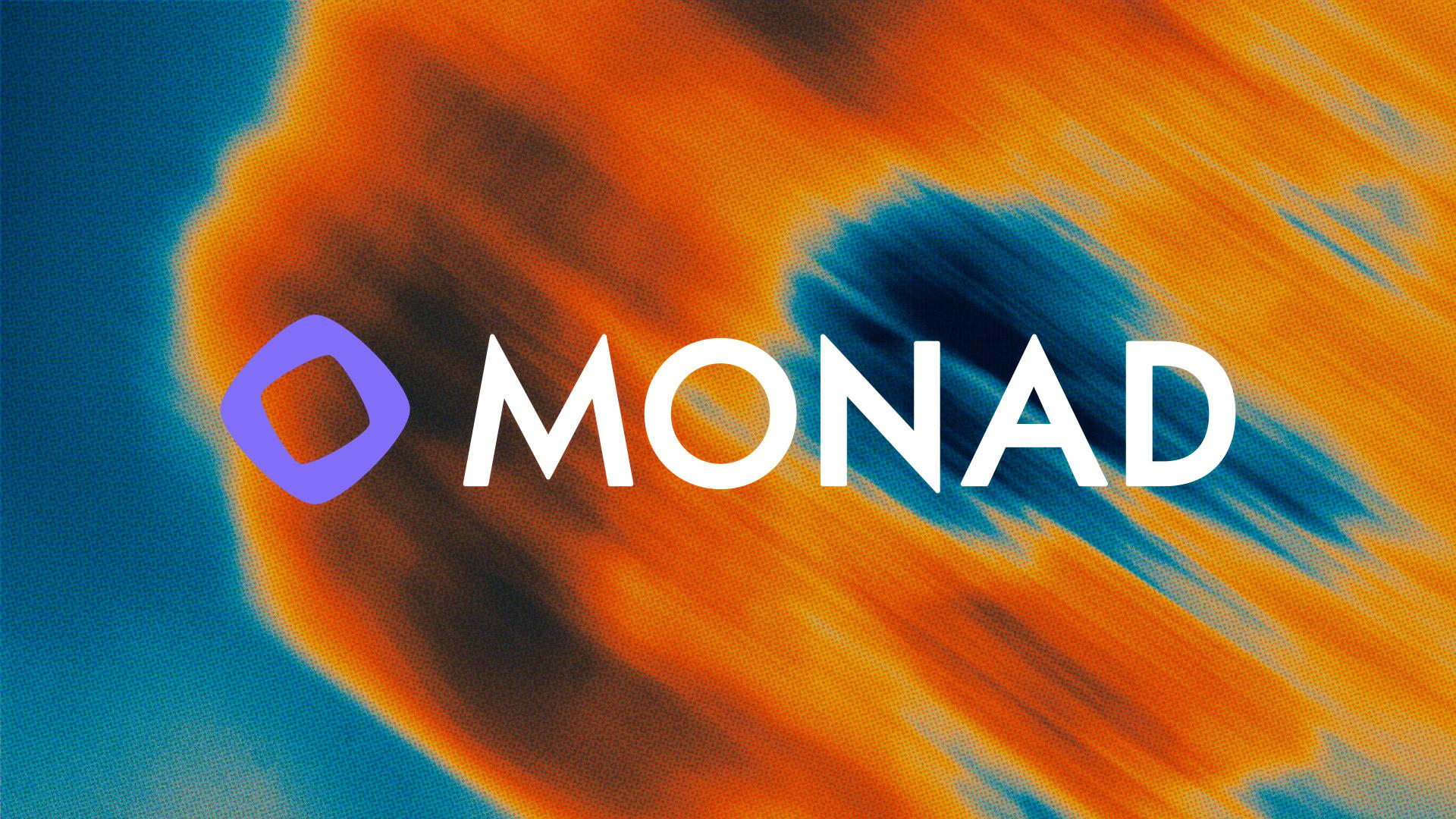
Enhanced Developer Productivity: By eliminating sequential bottlenecks and supporting parallel execution, Monad enables developers to build more complex, high-usage dApps without performance trade-offs.
-
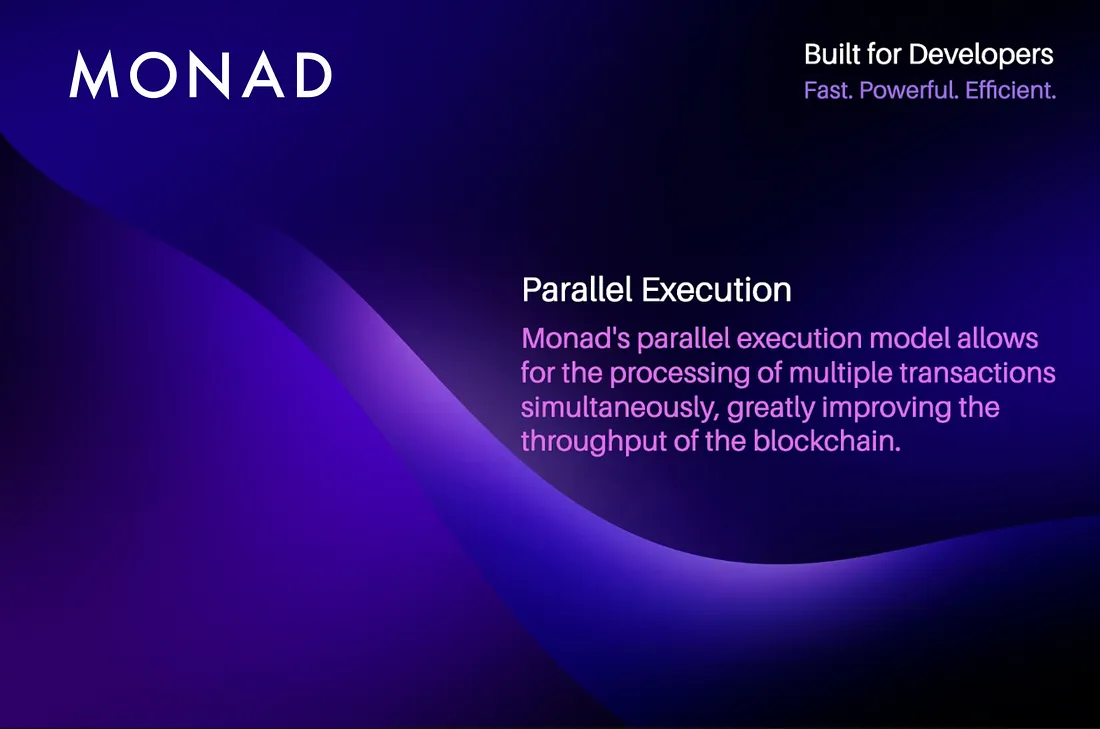
Custom Database for High-Speed Execution: MonadDB uses asynchronous disk operations to support simultaneous transaction reads and writes, overcoming I/O bottlenecks and further boosting dApp performance.
EVM Compatibility Without Compromise
A key to adoption is frictionless migration for developers. Monad maintains full compatibility with existing Ethereum bytecode and RPC APIs (source). That means any application running on Ethereum can deploy on Monad without modification, developers get all the benefits of ultra-fast throughput while keeping their familiar toolchains intact.
This seamless portability is why leading projects are already experimenting with deploying DeFi protocols and complex dApps on Monad to harness its speed advantage while serving their existing user base.
Beyond technical compatibility, Monad’s focus on developer experience is reshaping expectations for what’s possible on an EVM chain. By supporting the full Ethereum RPC stack and bytecode, Monad enables developers to tap into a mature ecosystem of libraries, tooling, and best practices, without the learning curve or risk of vendor lock-in. This is a crucial differentiator in a market where time-to-market and reliability can make or break a project’s success.
But performance isn’t just about raw transaction speed. Monad’s architecture is engineered for predictable low latency and consistently low gas fees, even during periods of peak demand. The combination of superscalar pipelining, deferred execution, and the custom-built MonadDB database means that dApps can scale to serve millions of users without bottlenecks or unpredictable costs. For DeFi protocols, NFT platforms, and gaming applications with high-frequency transactions, this unlocks entirely new business models that were previously unfeasible on traditional EVM chains.
Securing Scale: MonadBFT Consensus and Network Integrity
High performance is only meaningful if it comes with robust security guarantees. Monad employs MonadBFT, an advanced Byzantine Fault Tolerant consensus protocol inspired by HotStuff. By reducing consensus rounds from three to two, MonadBFT delivers faster block finalization while maintaining strong resistance to network attacks and malicious actors. This ensures that even as throughput scales into the tens of thousands of TPS, decentralization and trustlessness remain uncompromised.
The result is a blockchain where validators can efficiently agree on transaction order without introducing central points of failure or sacrificing security, a foundation suitable for enterprise-grade applications as well as grassroots Web3 innovation.
Monad in Action: Real-World Impact for Developers and Users
The real proof lies in how these innovations translate into user experience. On Monad-powered dApps, users enjoy near-instant confirmation times (1-second finality) and consistently low fees regardless of network congestion. For developers, this means they can build complex applications, think high-frequency trading platforms or real-time multiplayer games, without worrying about slowdowns or cost spikes derailing their vision.
Early adopters are already showcasing what’s possible when EVM parallelization meets production-grade infrastructure. Projects migrating to Monad are reporting dramatic improvements in throughput and responsiveness compared to legacy networks, all while maintaining full interoperability with the broader Ethereum ecosystem.
The Future: Setting a New Standard for High-Performance Blockchain
As demands on decentralized infrastructure continue to grow, the limitations of sequential execution will only become more pronounced across legacy EVM chains. Monad’s approach, combining parallel execution, superscalar pipelining, deferred execution, and BFT consensus, offers a blueprint for what next-generation blockchains must deliver: scalability without compromise.
The implications are profound: dApp developers no longer have to choose between ecosystem compatibility and cutting-edge performance. Enterprises exploring blockchain solutions can finally access an EVM platform capable of handling real-world workloads at scale.
If you’re building in Web3 or looking to future-proof your decentralized application stack, it’s time to pay attention to how Monad EVM parallelization is redefining what fast dapp performance really means, and why it may soon be the new normal across high-performance blockchains.
